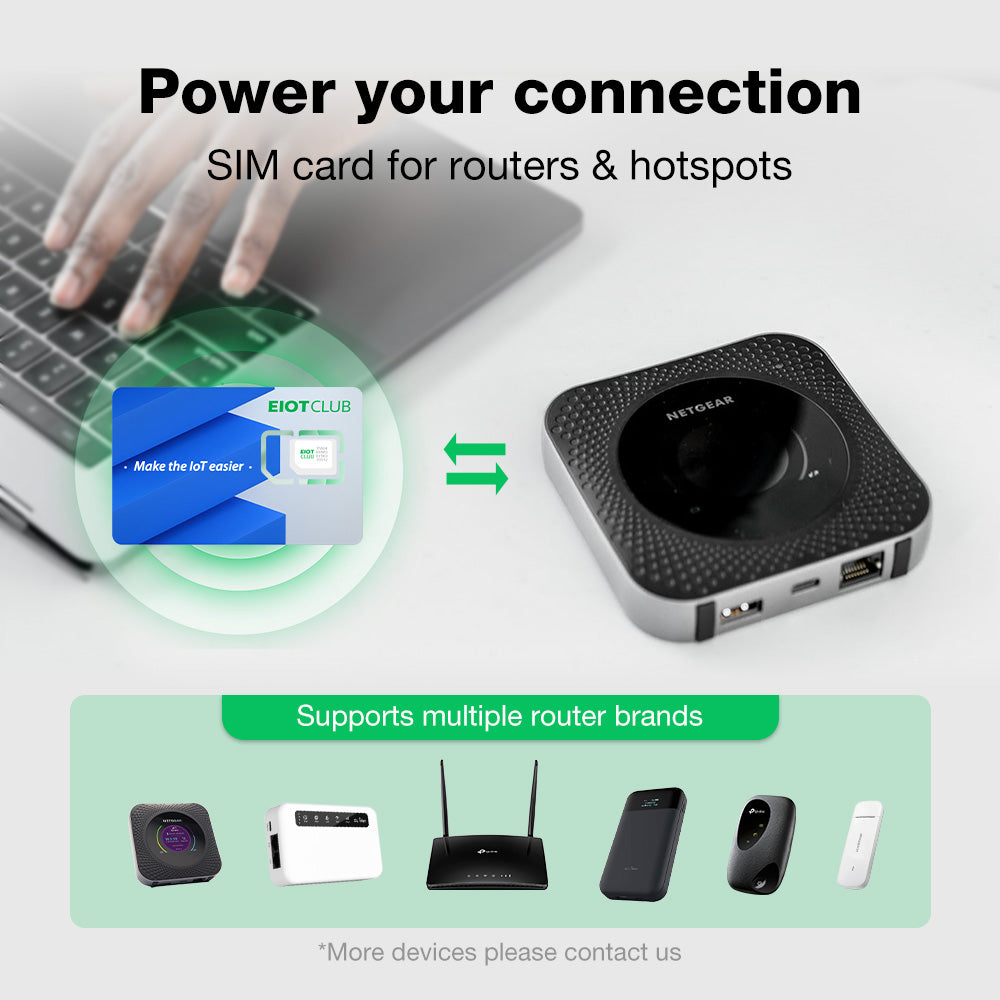Unlocking the Secrets to Seamless Internet: Your Ultimate Guide to SIM Cards!
In today's hyper-connected world, staying online is more crucial than ever, and SIM cards play a pivotal role in ensuring that we have uninterrupted internet access. A SIM card, or Subscriber Identity Module, is a small yet mighty component that enables mobile devices to connect to cellular networks. This article aims to demystify the world of SIM cards, providing you with essential knowledge on how they work, the various types available, and tips for choosing the right one for your internet needs. Whether you're a frequent traveler seeking data options abroad or simply looking to enhance your home internet experience, this guide will equip you with the insights necessary to navigate the SIM landscape effectively.

Understanding SIM Cards
A SIM card is a tiny chip that stores your subscriber information and connects your mobile device to a network. When inserted into a smartphone or tablet, it allows the device to access mobile data and make calls. There are several types of SIM cards available, including standard, micro, and nano SIMs, each varying in size and compatibility with different devices. For instance, older models typically use standard SIM cards, while most modern devices are compatible with nano SIMs. It's essential to check your device's specifications to ensure you're using the correct SIM type. This not only guarantees optimal performance but also prevents unnecessary frustration when trying to connect to the internet.
Types of SIM Cards for Internet Access
When it comes to internet access, there are specific SIM cards designed to meet different needs. Data SIMs are tailored for users who primarily require internet connectivity without the option for voice calls. These are ideal for tablets, mobile hotspots, or any device that relies solely on data. Prepaid SIMs, on the other hand, offer flexibility and control over spending, making them perfect for travelers or those who want to avoid long-term contracts. Additionally, many providers offer unlimited data plans or packages that allow for a specific amount of data usage, catering to various consumption habits. A friend of mine recently traveled to Europe and opted for a prepaid SIM card, which not only saved him money but also provided seamless internet access during his trip.
Compatibility and Coverage
Ensuring compatibility between your SIM card and device is crucial for maintaining a stable internet connection. Different networks operate on various frequency bands, and not all SIM cards will work with every device. Before purchasing a SIM card, check if it's compatible with your mobile device and the network provider you plan to use. Coverage is another essential factor to consider, especially if you frequently travel or live in rural areas. Many regions still rely on 3G networks, while urban areas are rapidly expanding their 4G and 5G coverage. Understanding these factors can help you avoid connectivity issues and ensure you're always online when you need it most.
How to Choose the Right SIM Card
Selecting the right SIM card can be a daunting task, but focusing on a few key factors can simplify the process. Start by assessing your data usage habits: do you stream videos frequently, or are you mostly browsing social media? This will help you determine the appropriate data limit or plan. Next, consider your coverage needs; if you travel often, look for a SIM card that offers international roaming or global coverage. Lastly, read reviews and testimonials to gauge the reliability of different providers in your area. My colleague once switched to a new SIM provider after hearing about their excellent coverage during a hiking trip, and she hasn't looked back since.
Enhancing Your Internet Experience with SIM Cards
In conclusion, understanding the ins and outs of SIM cards can significantly enhance your internet experience. From recognizing the different types of SIMs available to considering compatibility and coverage, being informed is key to making the right choice. As our reliance on mobile internet continues to grow, equipping yourself with this knowledge will enable you to stay connected wherever you go. So take the time to research and choose wisely, and you'll find that seamless internet access is just a SIM card away!








